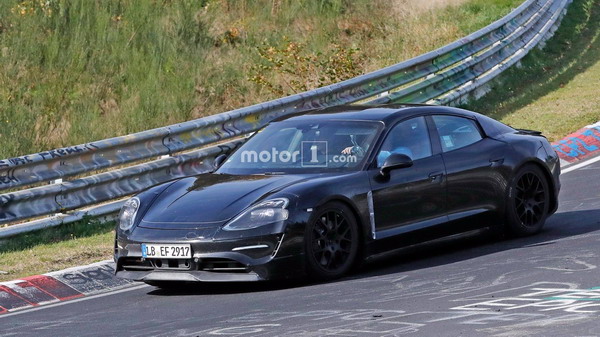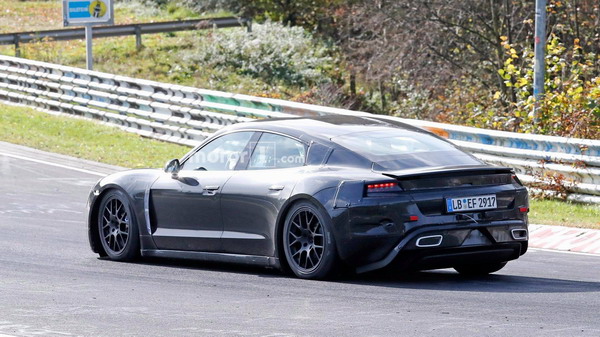Porsche Taycan Technical Specs Announced; 600+ HP Confirmed
You'll be happy to hear the datasheet is similar to the Mission E's.
Khodrocar - The 2015 Mission E will be changing its name to Taycan for the production version due in 2019, but it will keep the impressive technical specifications as confirmed today through a press release. Without further ado, Porsche has announced the company’s very first electric vehicle will boast two permanently synchronous motors – one for the front axle and the other driving the rear wheels – providing a combined output of more than 600 horsepower (440 kilowatts).

These two electric motors are going to be fed by high-voltage lithium-ion batteries providing enough juice for a range of more than 500 kilometers (310 miles), although the testing cycle upon which this number is based has not been specified. Let’s just hope it’s based on Europe’s upcoming Worldwide Harmonized Light Vehicle Test Procedure (WLTP) rather than on the New European Driving Cycle (NEDC) to be replaced in September.
Once the battery is depleted, it will take roughly 15 minutes to obtain enough energy to cover 400 km (248 miles) thanks to the Taycan’s fast-charging capabilities taking advantage of 800-volt chargers. Porsche’s pure EV will comply with the Combined Charging System (CCS) standard in Europe and the United States, while in Japan and China it will adhere to the local standards.
Aside from being an EV, the Taycan is first and foremost a Porsche, so it has to deliver that high level of performance people are expecting from the 911’s creator. 0 to 62 mph (100 kph) is going to take "well under” three and a half seconds while hitting 124 mph (200 kph) from a standstill will require less than 12 seconds.

In the lengthy press release attached below, you will stumble upon some other interesting numbers published by Porsche today. The company estimates it will move approximately 20,000 units per year or about two-thirds of the 911’s annual deliveries. So far, about 40 specialists have put together "3 figures” worth of prototypes and 21 of these test vehicles covered in camouflage were shipped to the western part of South Africa where more than 60 developers racked up about 40,000 km (24,854 miles).
As impressive as this number may seem, it pales in comparison to the "millions of kilometers” the Taycan prototypes will cover by the end of the testing phase. Why must it endure such a lengthy testing process in various parts of the world?
Source: Porsche
Latest News


